Amazon certainly raised eyebrows when it announced its Halo fitness tracker. This tracker does what most others are capable of, such as activity and sleep tracking — but it also goes well past that, and crosses well into uncomfortable territory.
There is no getting around it, the Amazon Halo tracker is invasive. But if you get past that, you may learn a bit more about yourself that no other fitness can tell you. Before getting into the incredibly personal tone analysis and photo-based body composition, let's look at the tracker itself and how it performs as a standard fitness tracker.
Amazon Halo fitness tracker - Design and comfort
The Amazon Halo band comes with black + onyx (what we picked up), winter + silver, and blush + rose gold. There are other bands available, including a sport band that is made of silicone rather than fabric.
We found the default fabric band comfortable enough as it sat on our wrist, about two finger widths behind our wrist bone. For something you wear all day, it needs to be comfortable.
From the outside, you primarily see the fabric band, but below it, just atop your wrist, is the body of the Halo. This small tracker fits against your wrist, where it can measure your heart rate with an optical tracker and your body temperature while you sleep.
On the side facing your body is a simple button that is seldomly used, as well as an LED status light and a mic.
Amazon Halo fitness tracker - Fitness and sleep tracking
Once you've set up the band in the Halo app, you are brought to an overview of your tracked metrics with activity and sleep right at the top. Each of the tiles gives you an overview of the metrics it's captured as a snapshot, but tapping into them provides much more insight.
Activity
Halo tracks your activity with opaque "points." These points are supposed to more accurately represent your fitness for the day rather than pure calories burnt or steps taken. We'd say it is akin to Nike's fuel metric. It makes understanding more difficult as, out of the box, you don't necessarily have a scale for comparison like you would with steps or calories, but after some time, you have a better idea of what a good point value is. The app also tries to help with various color coding.
Viewing your activity, you can view by week, day, or month to see how you are progressing over time. It then breaks down your points for each day by how many you earned in different categories. Intense categories — like a strenuous workout — earn the most points. Moderate — such as taking steps two at a time — made up the bulk of our points when we weren't hitting the elliptical. Sedentary time will subtract points from your daily total, encouraging you to stay moving.
Sleep
Outside of fitness tracking, sleep tracking is the second-most activity tracked. Apple Watch has had third-party sleep tracking for years but gained native support with watchOS 7. Compared to Apple Watch, Halo tracks much more information.
The app shows a graphical representation of your night's rest from the time you got into bed to when you fell asleep, as well as disturbances during the night and each of your sleep cycles. Halo will score your night's sleep combining all of that data into one number. This makes it easy to understand how restful your night was and how refreshed you should feel during the day.
Halo can measure your night's body temperature and how much it changed. This, too, aids in understanding how well you slept.
That all said, there has been debate as to how accurate sleep tracking is at determining REM, light, or deep sleep cycles. That could be why Apple only offers high-level tracking instead of showing more in-depth data that may not be as accurate as many assume.
Amazon Halo fitness tracker - It's time to get far too personal
Sleep and fitness tracking is where Halo's run-of-the-mill functionality stops and the much more personal features begin.
It's all how you say it
Have you ever wondered how you come off to others? Are you dismissive? Cheerful? It can be hard to be mindful of how others interpret your tone, and Halo hopes to shed some light on this.
To do so, you must first enable the tone tracking in the app, acknowledging that the microphone will always be on and listening. Amazon does put its privacy policy front-and-center, but it is still a bit unnerving to enable.
Halo must be trained to recognize your voice so that other voices don't get analyzed instead. Halo does this by asking you to read aloud in a quiet space several passages from famous books— think Dickens or Caroll. It's kind of a nice throwback to Amazon's roots as a bookseller.
Once your voice is enrolled, you're all set. Now, anytime that you speak, Halo will be listening and analyzing what you say. This is recorded in the app and broken down between excitement with high energy, happy with lower energy, low energy with less positivity, and displeased or irritated. The rest of your tone is placed into the neutral bucket.
You can see how much of your time speaking fits into these categories. Halo also denotes notable moments or conversations. It highlights times you were happy, discouraged, skeptical, and more. It tells you that you had a certain number of phrases that it identified. For example, this morning, Halo flagged us as skeptical for a few seconds. Another phrase we said came off as skeptical and confused sounding.
The app doesn't tell you what words you said but rather gives you times instead and leaves you to figure out what conversation you were having at the time.
Inside the app is a "live" tab that tracks your heart rate and gives you real-time voice analysis. As you speak, it reacts near-instantly and describes the tone of what you're saying.
Between the real-time analysis and daily summaries, we surprisingly found this analysis very accurate. As we changed what we were saying, the indicator moved across the chart and accurately described our tone. In the video above, you can see the analysis for yourself as we spoke.
A tradeoff with tone monitoring is battery life. Rather than seven days of battery life with tone off, turning tone on will drop your battery to just around two days.
Perhaps the bigger tradeoff, though, is strapping an Amazon microphone on your wrist around the clock.
Show us what you got, all of it
If listening to your voice 24/7 wasn't invasive enough, Halo also offers body composition. Different devices can measure this in different ways. Some devices like a Withings scale can measure your body composition using bioimpedance. Others calculate it based solely on the weight and height numbers you feed it. Halo does so by combining the numbers you provide with actual photos.
Halo asks you to use your iPhone to snap pics of yourself with "minimal clothing" — e.g., as close to just underwear as you are comfortable. For that reason, Amazon limits this feature to those who are at least 18 years old. Not only is Amazon asking you to take photos of yourself in your underwear, but it is uploading those photos to the cloud as well. Those images are processed in the cloud before being deleted, but we can't imagine many people will be excited to do this.
If you choose to send Amazon your scantily-clad selfies, the app will generate a custom 3D avatar of you and break down your body composition. You can track your body fat percentage over time to see how you improve.
Compared to just using your height and weight, the photo must certainly improve the accuracy of your measurements, but there is no getting around the invasiveness and creepy factor.
Is Amazon Halo worth the tradeoff?
We're very torn on the prospect of Halo. Looking at what you get out of it, it is fairly tempting. The body composition is more accurate than other wearables, and the tone analysis is unique. We very much loved to see how we were being perceived, and sleep tracking and fitness monitoring are essentials. But at the same time, it is almost as if we are crossing an invisible line.
There is a clear differentiation between Apple and its user-first privacy policy and Amazon and its propensity to sell or monetize user data. After a six-month free trial, Amazon does charge $4 a month for Halo monitoring, which is probably for the best because it means Amazon is less likely to do something with your user data.
We've come to trust Apple Watch. All your data is captured and stored locally, encrypted to the nth degree, and is built by a privacy-focused company. Halo is entirely new, comes from a company with a questionable track record on privacy, and simply has not earned our trust.
Adopting Halo feels like we've given up on our privacy and handing over every aspect of our life to Amazon. The data you get from Halo is cool, but in our minds, what we have to give up is too much.
Pros
- Comfortable to wear
- Unique abilities to measure body composition and tone
Cons
- Privacy concerns are a hard pill to swallow
- Expensive if you don't use tone or body composition features
- Generic looking
- Monthly fee
Rating: 2 out of 5
Where to buy
Amazon Halo is currently up for early access requests where if approved, you can buy Halo with a six-month subscription for $65.
 Andrew O'Hara
Andrew O'Hara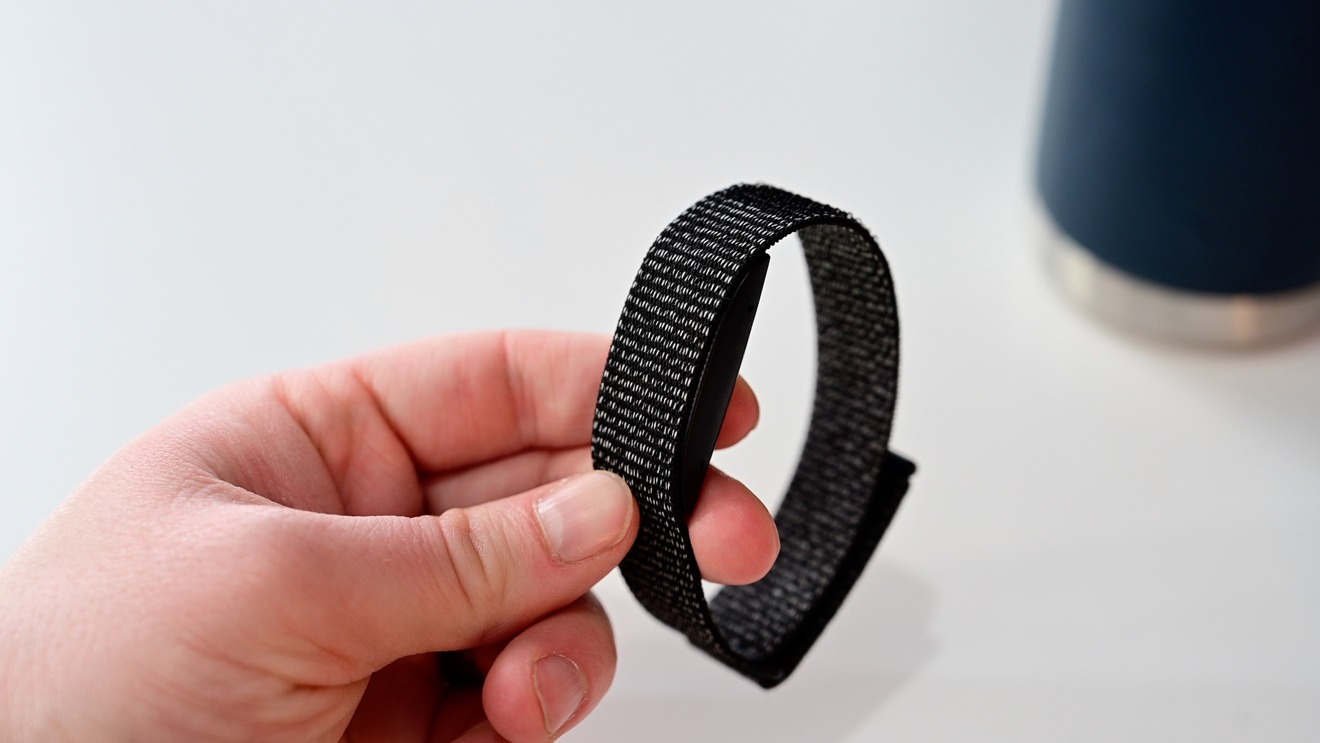
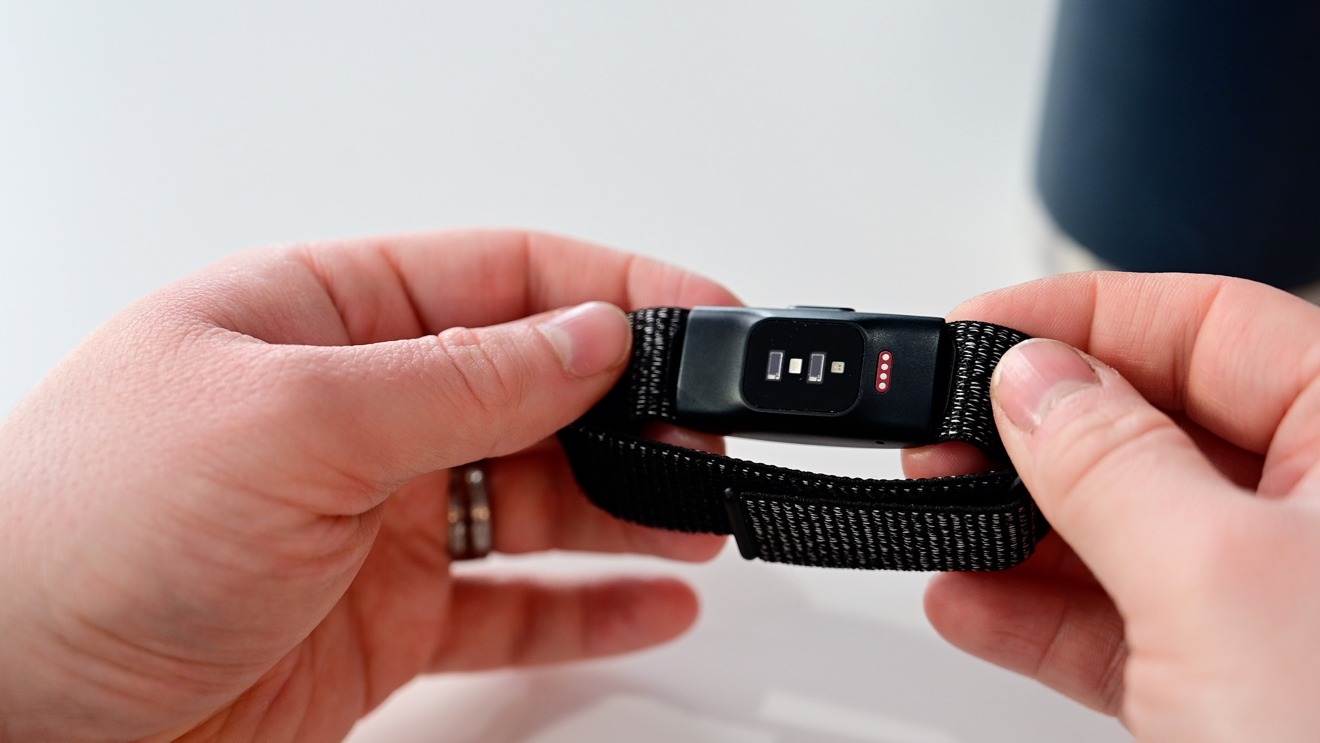
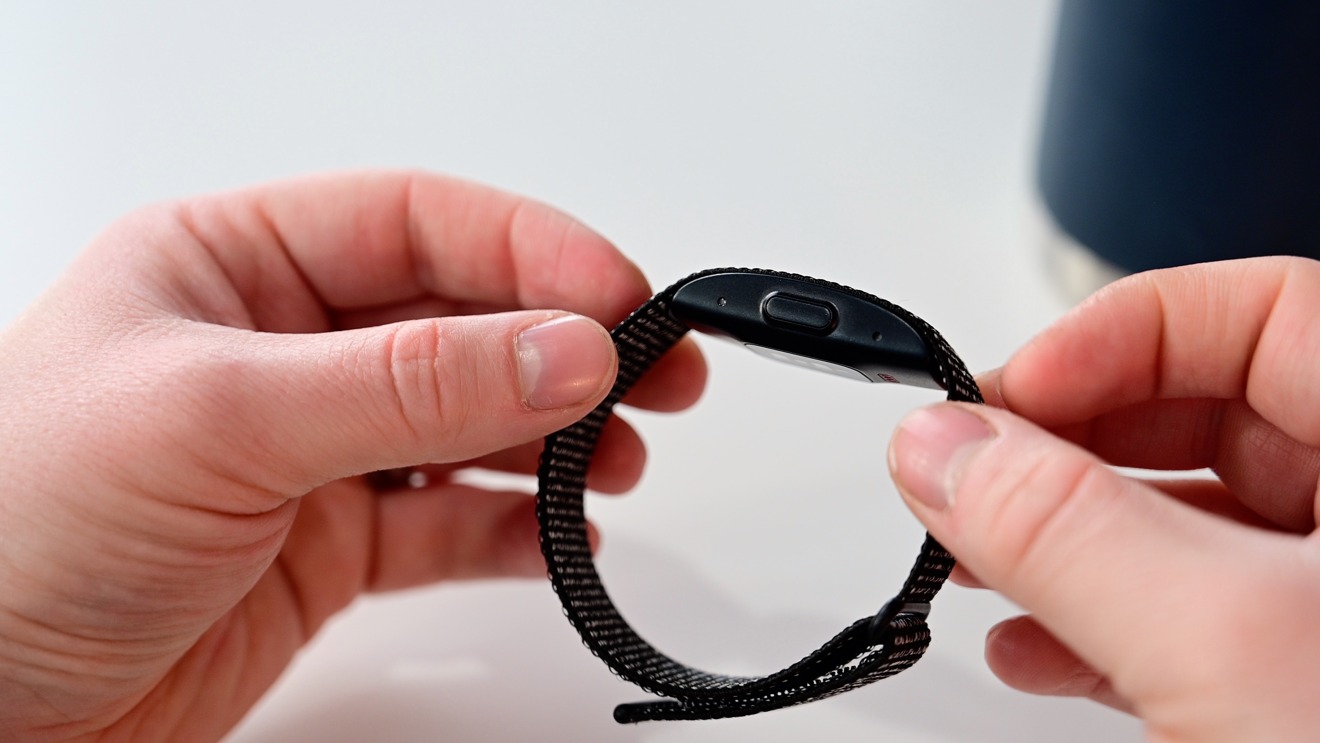

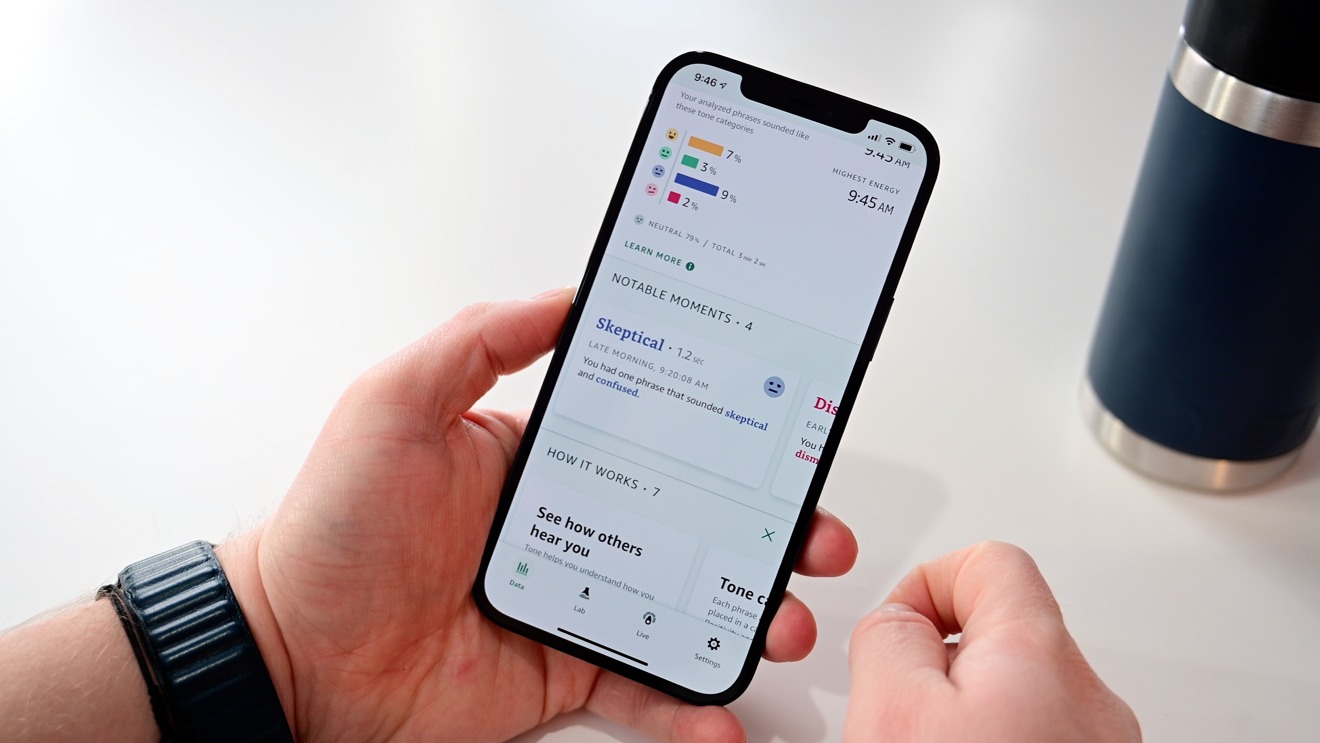
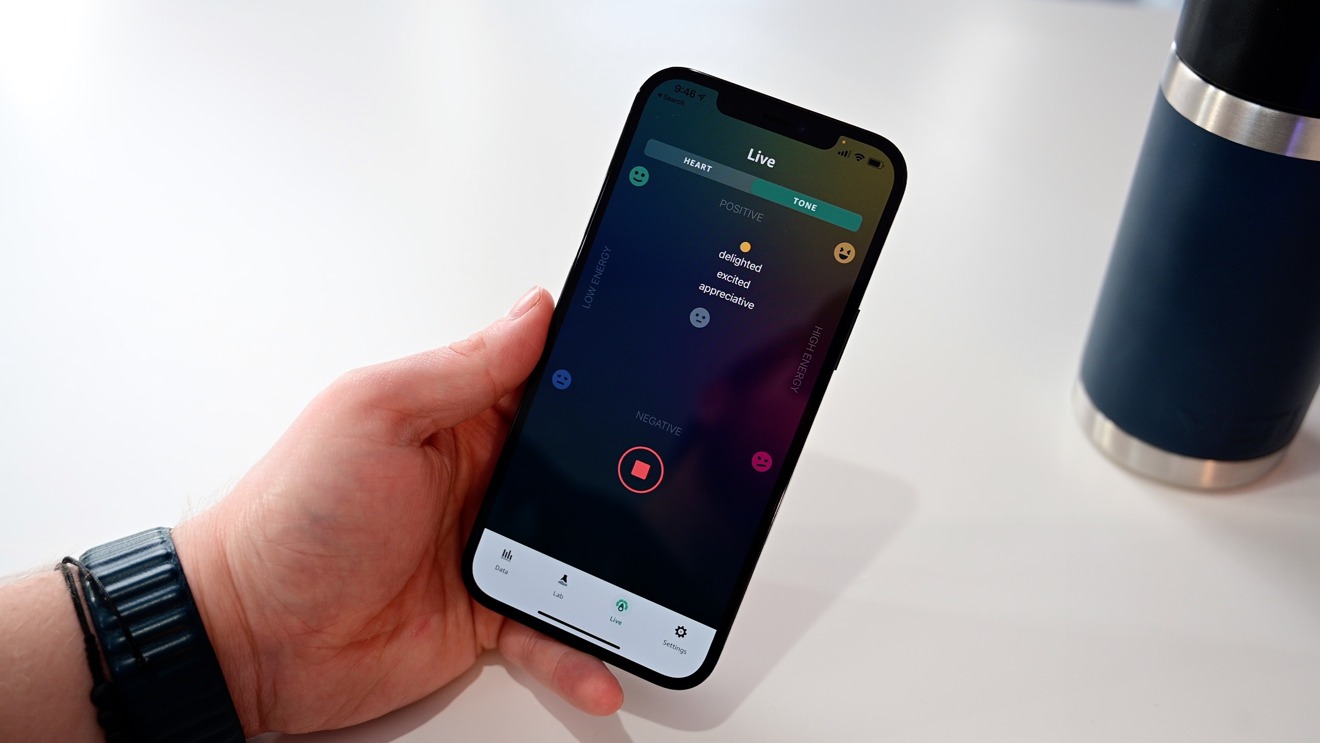
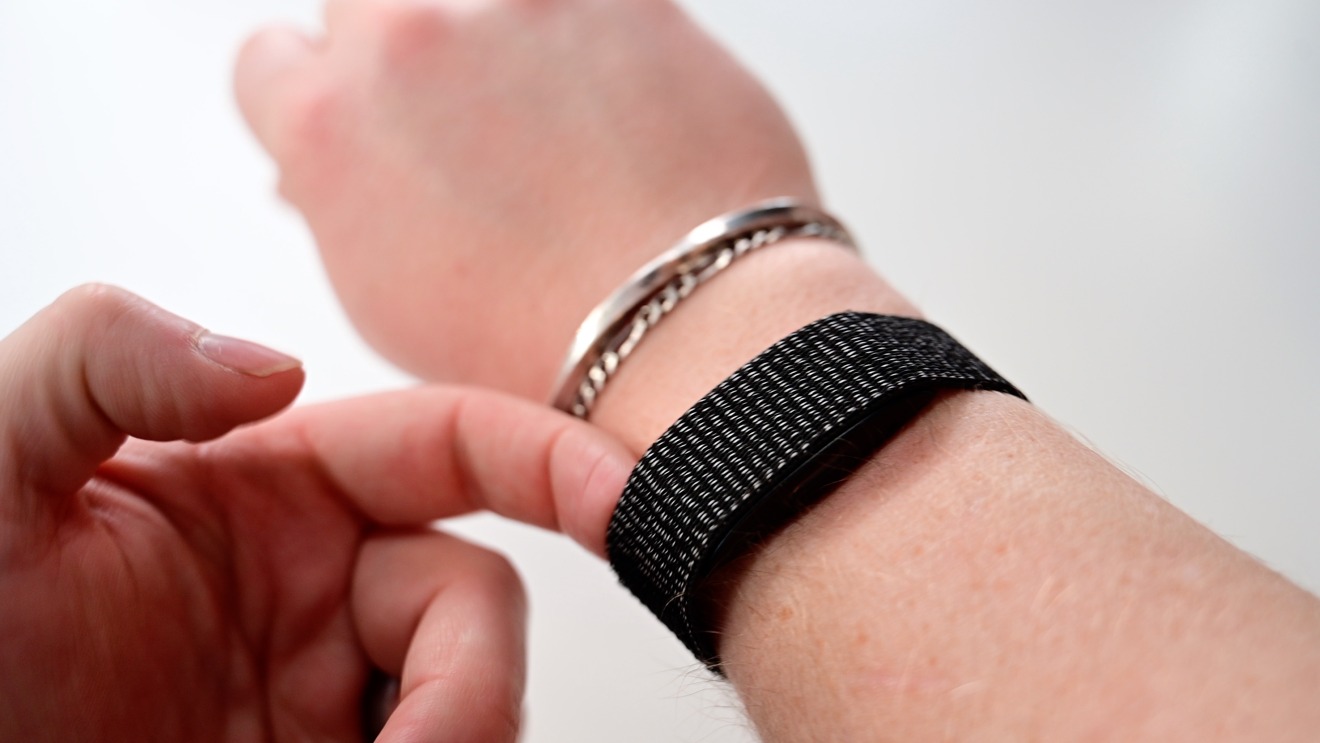







-m.jpg)






 Marko Zivkovic
Marko Zivkovic
 Christine McKee
Christine McKee
 Andrew Orr
Andrew Orr

 William Gallagher
William Gallagher

 Mike Wuerthele
Mike Wuerthele
 Bon Adamson
Bon Adamson




-m.jpg)



15 Comments
Is Amazon Halo Worth The Tradeoff?
Can you say f*** no.
It’s bad enough when people put Amazon listening devices in their house, (something I will never do.) But have one on your body all the time rating how you speak, and incidentally sending all the information back to the mothership to target you with ads? Oh hell no. Then send them a scantily clad selfie so they can rate you? Oh hell no once again. Plus it’s when not if they start leaking onto the web.
I don’t trust Amazon.
I don’t like Amazon.
I don’t shop at Amazon.
I won’t have an Alexa ANYTHING in my house.
And I sure as hell would not get this thing.
I'm happy they are not copying Apple. Amazon has become more innovative that Google and that's sad.
With that said why not learn about yourself with the Apple Watch and keep your privacy?
I don’t need a gadget like this to interpret my tone. My wife takes care of all that.